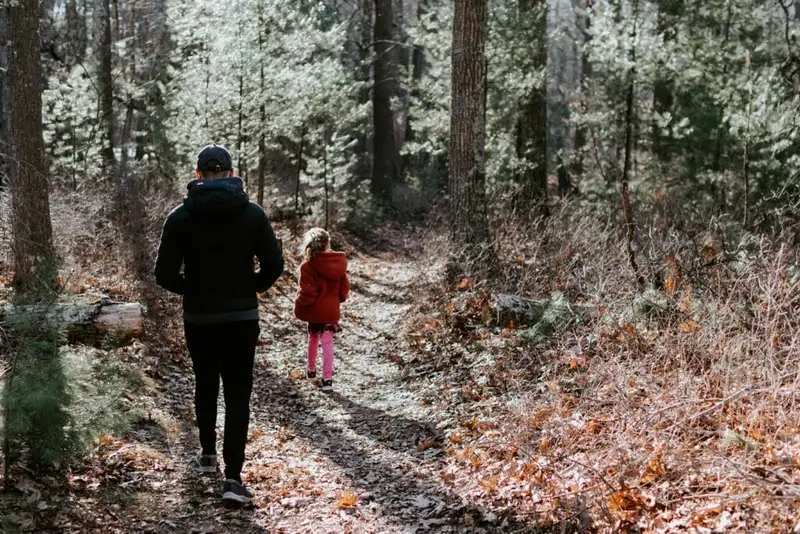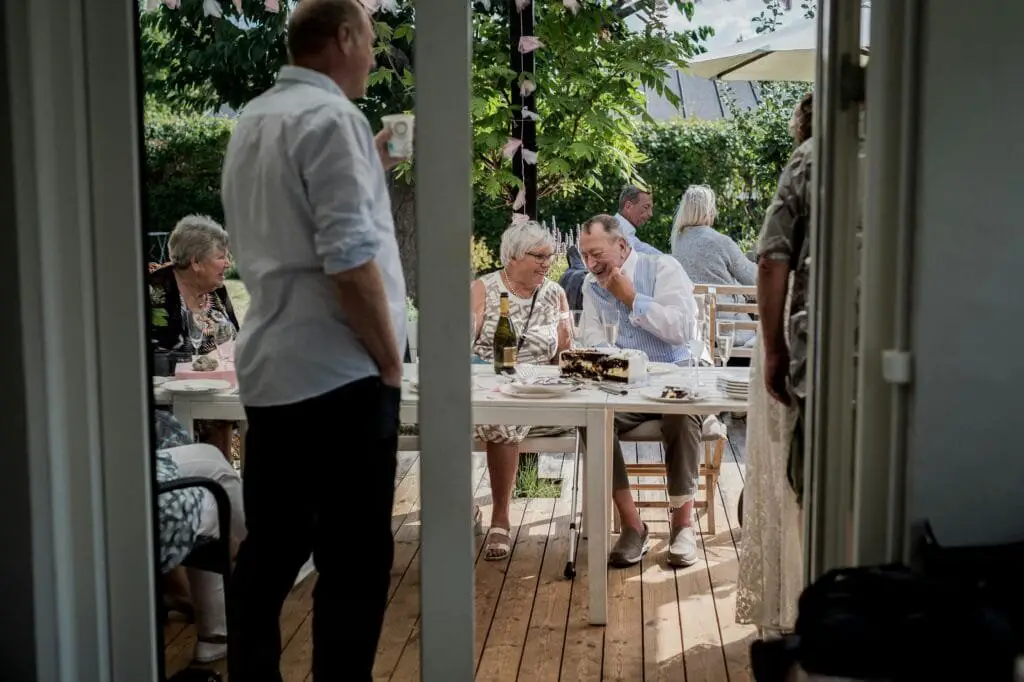1. David Bowie – “Space Oddity” (1972)
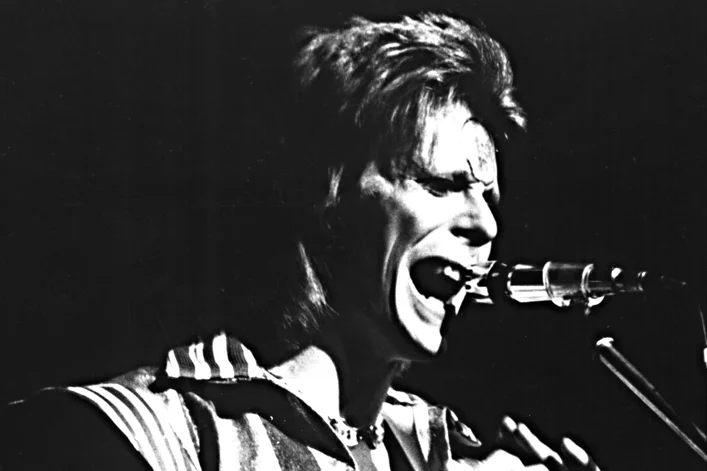
David Bowie’s “Space Oddity” wasn’t just a groundbreaking song—it also marked a significant moment in music video history. Its striking visual narrative, paired with Bowie’s out-of-this-world persona, helped redefine how an artist could use film to enhance their music. The video’s surreal imagery and the futuristic style set a precedent for artists looking to match their sound with compelling visuals. It wasn’t just a performance video, but a short film that told a story—something that would become a norm in the decades to come.
The video’s influence can still be seen today, especially in the way modern artists use visuals to create a unique, immersive experience for their fans. Music videos, particularly in the pop and experimental genres, have adopted similar cinematic techniques to elevate their songs, often with intricate storytelling and fantasy elements that are inspired by Bowie’s visionary approach.
2. The Rolling Stones – “Angie” (1973)
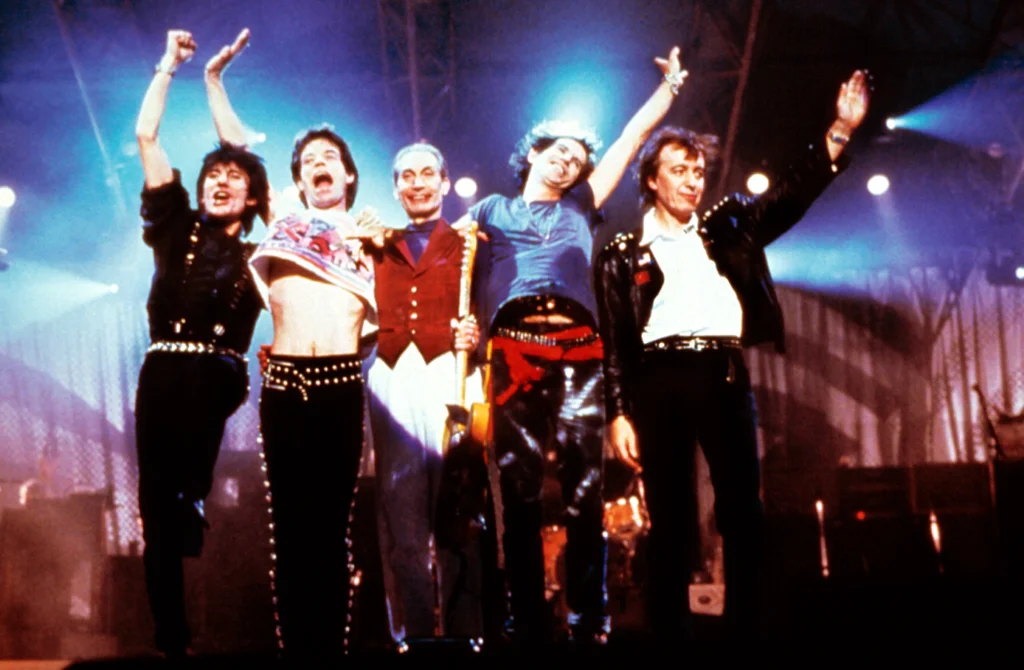
The Rolling Stones were known for their raw, rebellious energy, but “Angie” brought a different, more intimate side of the band to the forefront. The music video features the band performing in a dark, moody setting that perfectly captures the melancholic tone of the song. The soft lighting and contemplative atmosphere were a far cry from the energetic performances typical of the Stones, showcasing their ability to adapt to various video styles. It was a delicate balance between performance and mood, a style that would influence countless artists in later decades.
Today’s artists, especially in the rock and indie genres, often use minimalist settings and soft lighting to match a song’s emotional depth. This video set the stage for the concept of “atmospheric” music videos, which use lighting and location to enhance the song’s narrative, something that remains relevant in modern visuals.
3. Queen – “Bohemian Rhapsody” (1975)

Queen’s “Bohemian Rhapsody” is perhaps one of the most iconic music videos in history, largely because it completely changed how music videos were perceived. The band’s creative use of theatrical elements, elaborate set designs, and striking visual effects was groundbreaking for the time. This video was one of the first to truly embrace the concept of a “video” rather than just a performance, merging music with an almost operatic narrative. The band’s eccentric costumes and dramatic flair became a staple for future artists looking to make a bold visual statement.
Its impact is still seen today, especially in the pop and rock worlds, where elaborate, cinematic videos are used to tell intricate stories or create immersive worlds. Artists like Lady Gaga and Kanye West have taken notes from Queen’s dramatic flair and are known for their highly conceptual, larger-than-life videos.
4. The Jackson 5 – “I Want You Back” (1970)
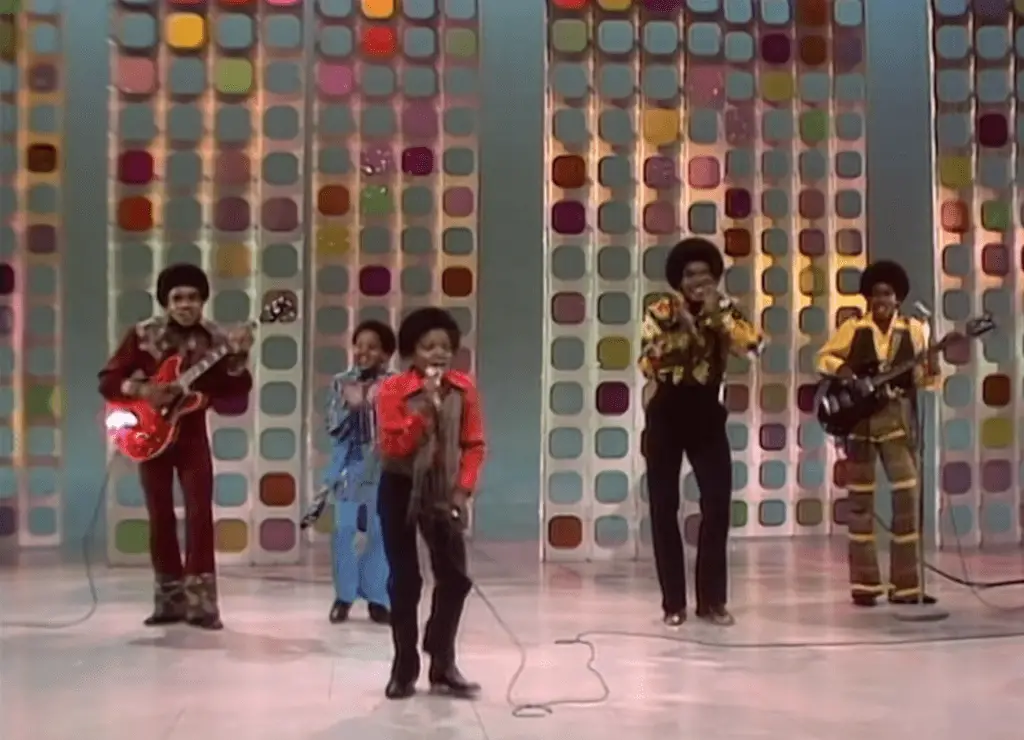
The Jackson 5’s “I Want You Back” was a visual masterpiece that combined youthful energy with vibrant visuals. The group’s performance, with its sharp choreography and colorful set design, made the video a feast for the eyes. It was an early example of a music video that wasn’t just about the music but about showcasing the charisma and style of the performers. The energetic dance moves and synchronized performances became a template for boy bands and pop groups that followed.
Today’s boy bands, like BTS and One Direction, have continued this tradition by creating energetic performances that showcase their talent and chemistry. The Jackson 5’s approach to performance-based videos laid the groundwork for modern pop groups to use their videos as platforms for high-energy choreography and synchronized group dynamics.
5. Elton John – “Rocket Man” (1972)
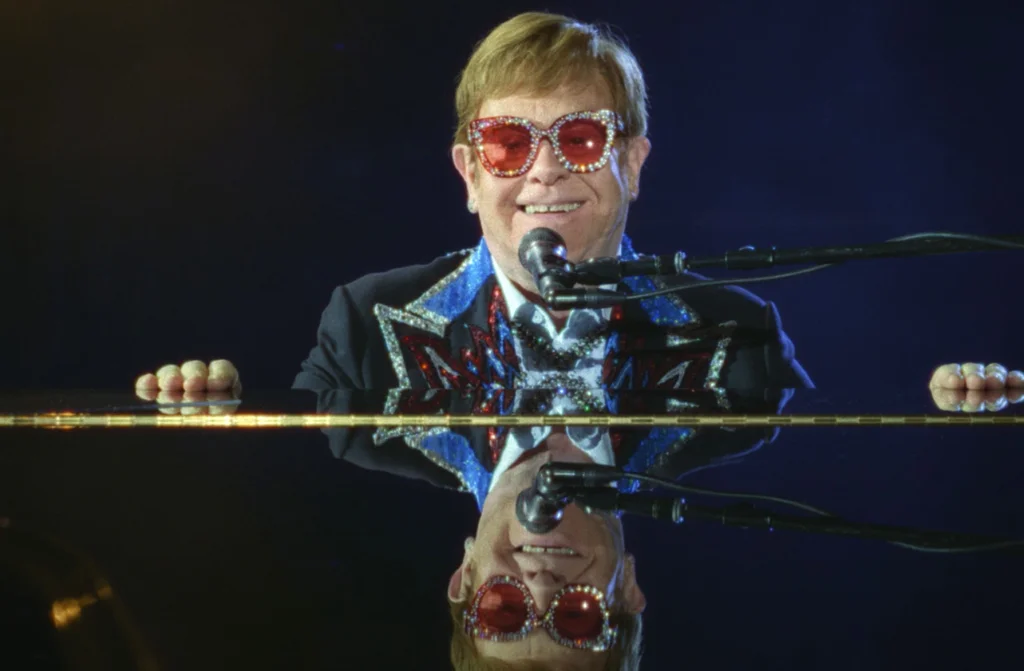
Elton John’s “Rocket Man” music video was a mesmerizing mix of surrealism and introspection, featuring a futuristic, space-themed aesthetic. With its poignant, melancholic tone and abstract visuals, the video was one of the first to convey a sense of personal emotion alongside bold visual elements. The video’s unconventional use of sci-fi elements to convey a human story about isolation and longing was a concept that was ahead of its time. It was both a performance video and an emotional narrative, a combination that many artists still utilize today.
This fusion of personal storytelling and striking visuals continues to inspire artists across genres. Videos from artists like Billie Eilish and Lana Del Rey often play with surreal and abstract imagery to tell emotional stories, much like Elton John did in “Rocket Man.”
6. Paul McCartney and Wings – “Band on the Run” (1973)

“Band on the Run” by Paul McCartney and Wings broke away from the traditional performance video by incorporating a mini-film narrative. The video follows a whimsical, comedic storyline, with McCartney and his bandmates escaping from prison, creating a memorable cinematic experience. This narrative-driven video set a new standard for how music videos could tell a story, not just showcase a song. It introduced the idea that music videos could be a form of entertainment in their own right, beyond just music promotion.
Today, artists like Beyoncé and Taylor Swift continue to craft music videos with cinematic narratives, using a video as an extension of the song’s message. The influence of “Band on the Run” can still be seen in the way modern music videos often have their own distinct storylines, rather than just focusing on performance or visuals alone.
7. Blondie – “Heart of Glass” (1979)
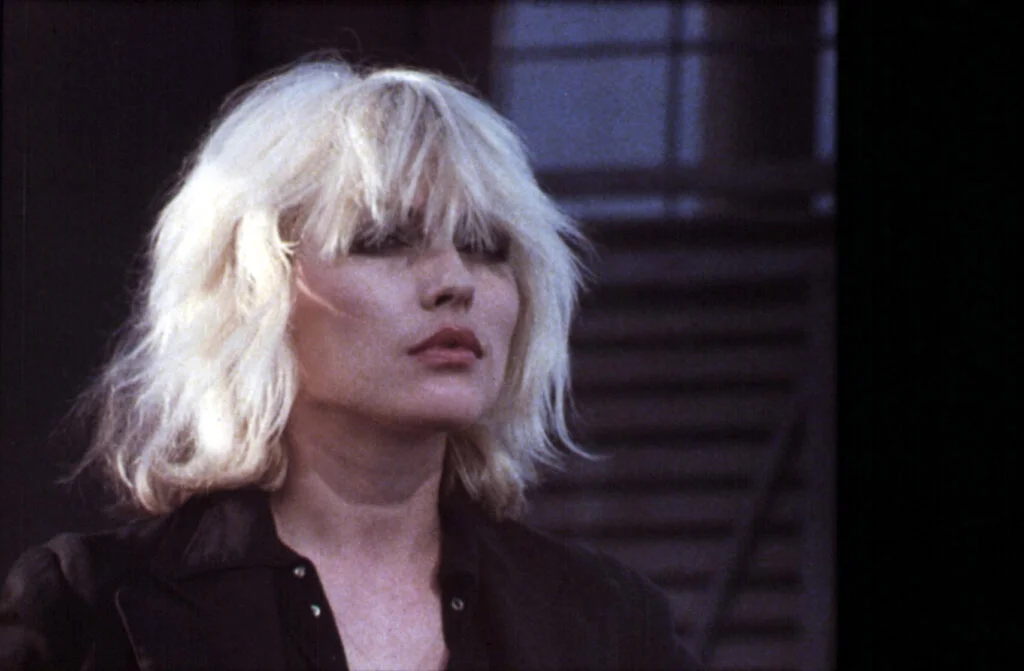
Blondie’s “Heart of Glass” helped bridge the gap between disco, new wave, and punk, and the music video perfectly captured this eclectic mix. With its sleek, modern aesthetic and energetic performance, the video became a defining moment in the late ‘70s music scene. Blondie’s use of vibrant colors, funky clothing, and carefree attitude made the video feel fresh and relevant. It was a precursor to the music videos of the ’80s, where fashion, energy, and visuals were just as important as the music itself.
The style of “Heart of Glass” would later influence the visual direction of the new wave and pop scenes, which often incorporated fashion-forward and experimental aesthetics. Artists today, like Ariana Grande and Katy Perry, often use bold fashion choices and high-energy performances to match their eclectic sounds, a concept pioneered by Blondie.
8. Fleetwood Mac – “Go Your Own Way” (1977)
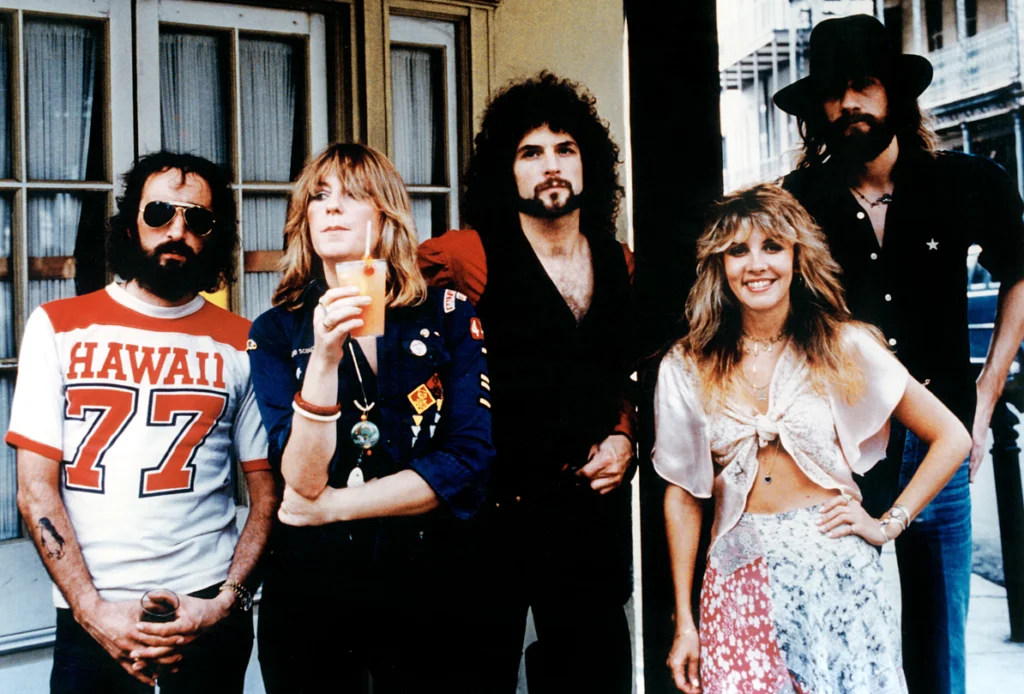
Fleetwood Mac’s “Go Your Own Way” video combined emotional depth with raw, natural performances. Set against the backdrop of the open road, the video captures the band’s personal tension, mirroring the song’s themes of heartbreak and separation. This emotional connection to the music was revolutionary, showing that a music video could be a direct extension of the song’s message. It was one of the first times a music video felt like a personal story being shared, rather than just a promotional tool.
In modern music videos, artists like Adele and Sam Smith have adopted a similar approach, focusing on raw emotion and personal storytelling. The “Go Your Own Way” video set the tone for future artists to use their music videos as platforms for exploring deep emotional experiences, often capturing vulnerable moments on screen.

